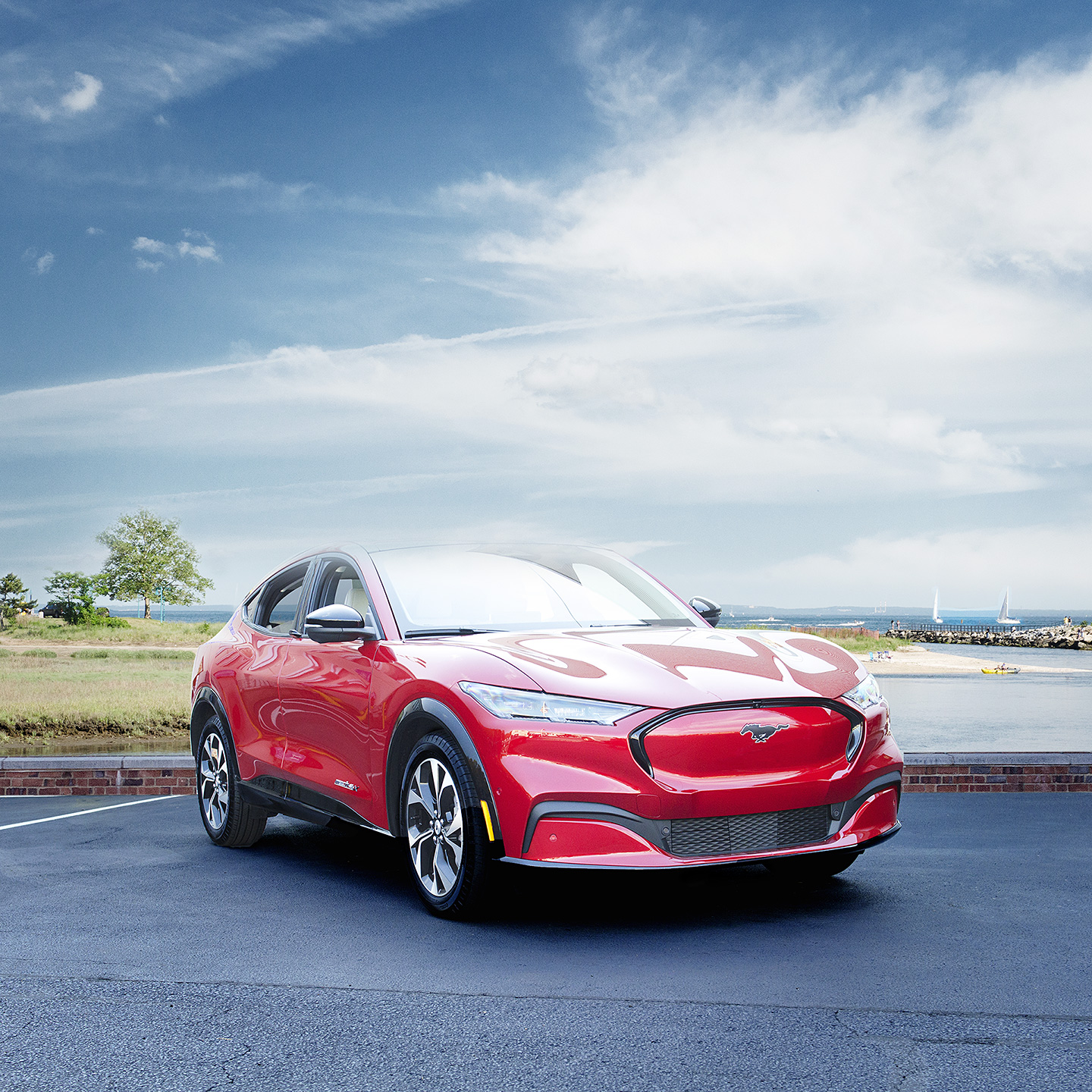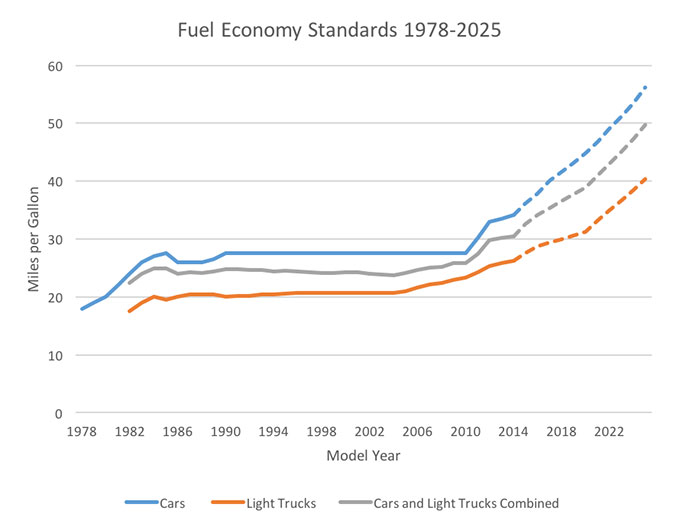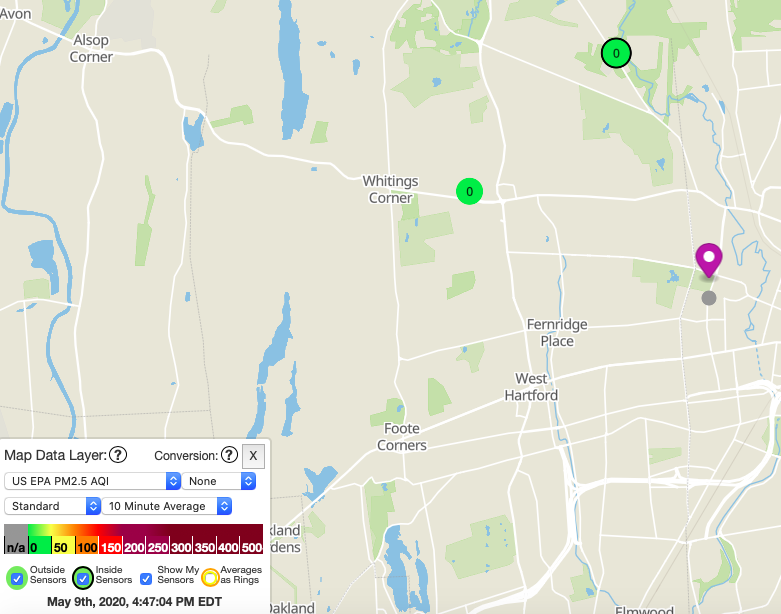Well-Attended Press Conference Shows Support For EV Direct Sales
Headline photo courtesy of Will Cross Post by Barry Kresch Grassroots Momentum for the EV Freedom Bill The atmosphere was electric as about 100 EV enthusiasts came to Westport from all over the state for … Read more









